In the world of contemporary design, it’s no longer enough for materials to simply be—they must also perform. Over the past few years, a new wave of designers has emerged, pushing wood, textiles, and composites beyond their expected limits, with a mission to blur the line between what something is and what it appears to be. From wood that flows like silk to rigid panels that drape like cloth, these projects challenge our sensory assumptions and expand the expressive potential of materiality itself.
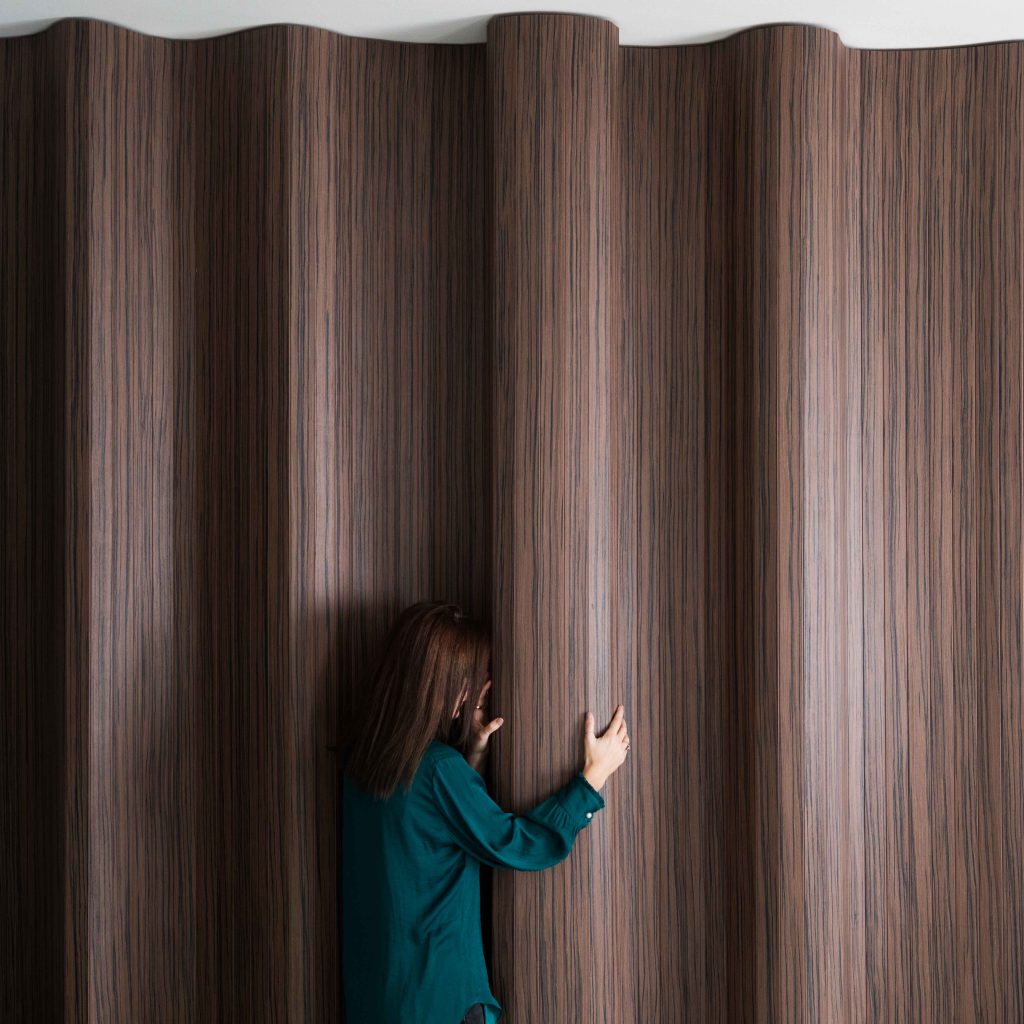
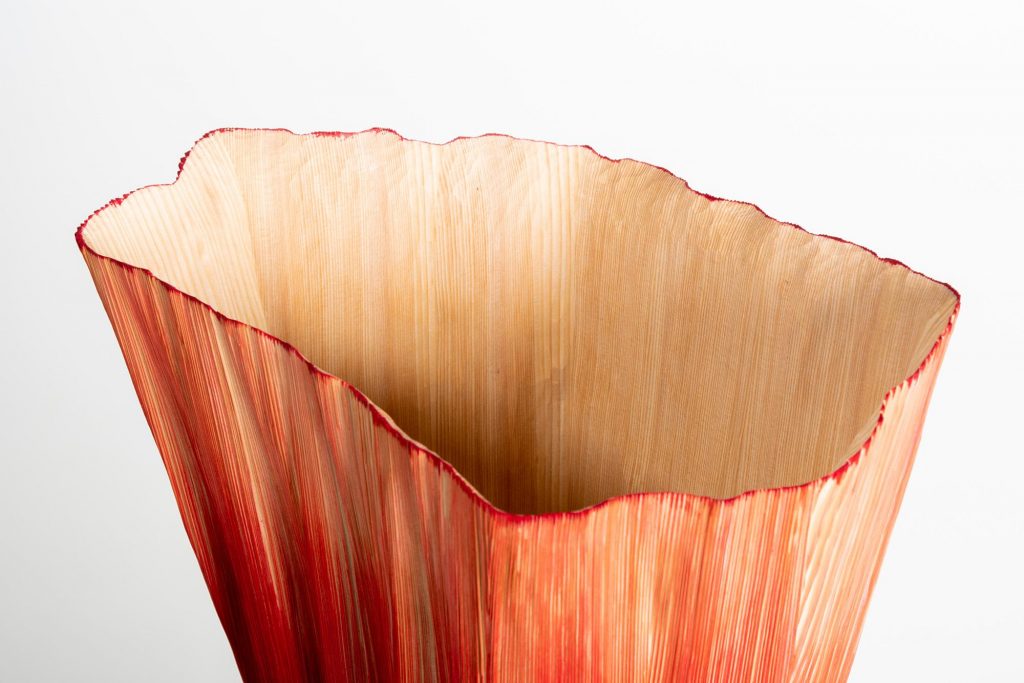
Wood Pleats by Didi Ng Wing Yin
Hong Kong-based designer Didi Ng Wing Yin doesn’t just work with wood—he transforms it into an illusion of softness. In his recent series, Wood Pleats (2023) and Feather Branches (2024), Ng uses traditional carving and brushing techniques to coax fluidity from a notoriously stiff medium. The result is uncanny: oak that ripples like woven linen, and maple that resembles downy plumage. Ng describes the process as “excavating the softness buried within the wood,” revealing a poetic dimension to a material typically associated with structure and solidity.
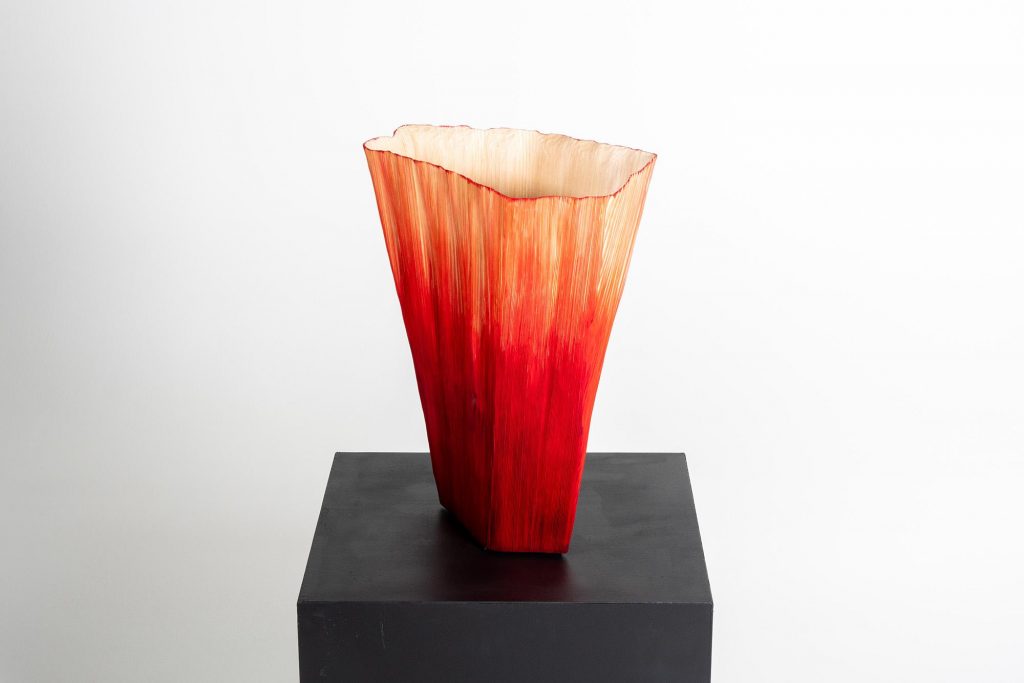
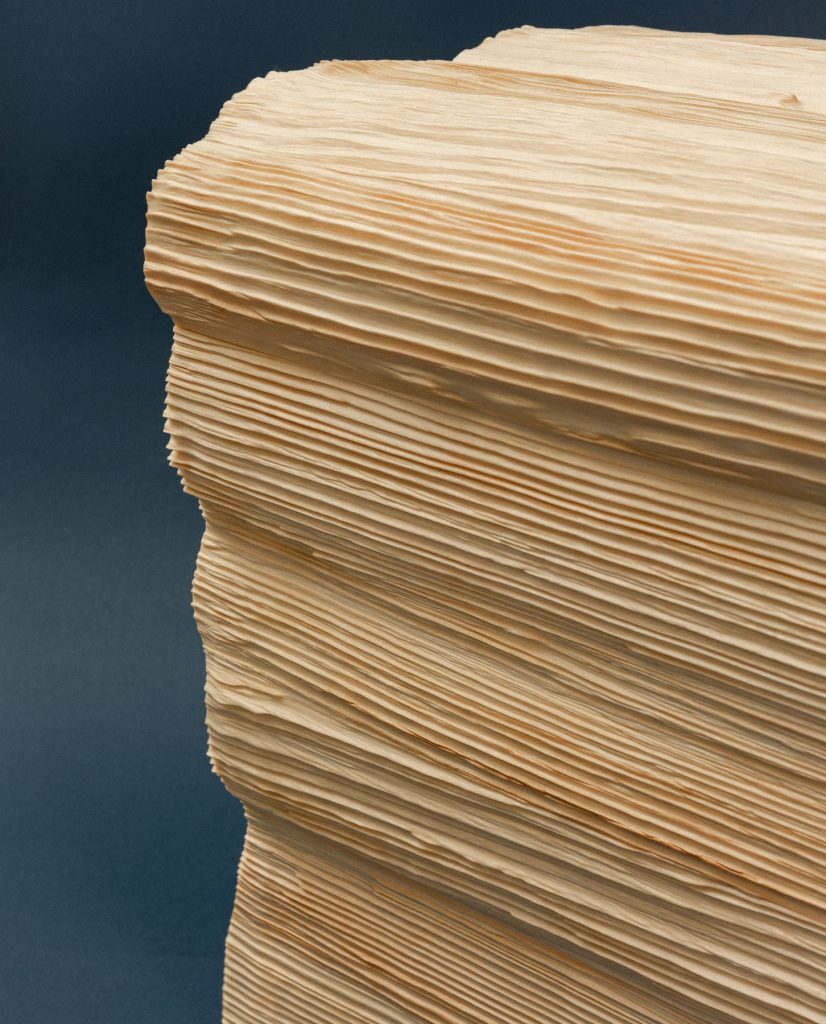
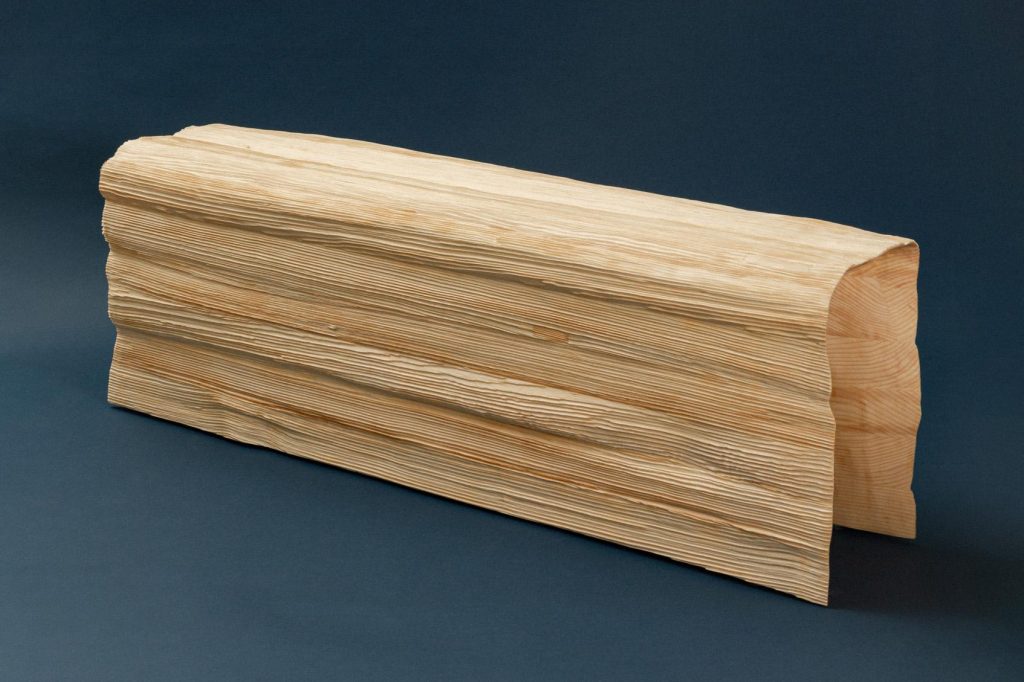
Wood Pleats by Didi Ng Wing Yin
In Wood Pleats, stools and side tables become theatrical studies in drape and tension. The carved grooves flow in rhythmic, textile-like folds, creating the impression that the furniture was sewn rather than sawed. Meanwhile, Feather Branches features elongated wooden rods with surface patterns that mimic the lightness and layering of feathers, evoking something halfway between a branch and a pelt. There’s no added material—only clever manipulation of grain and form.
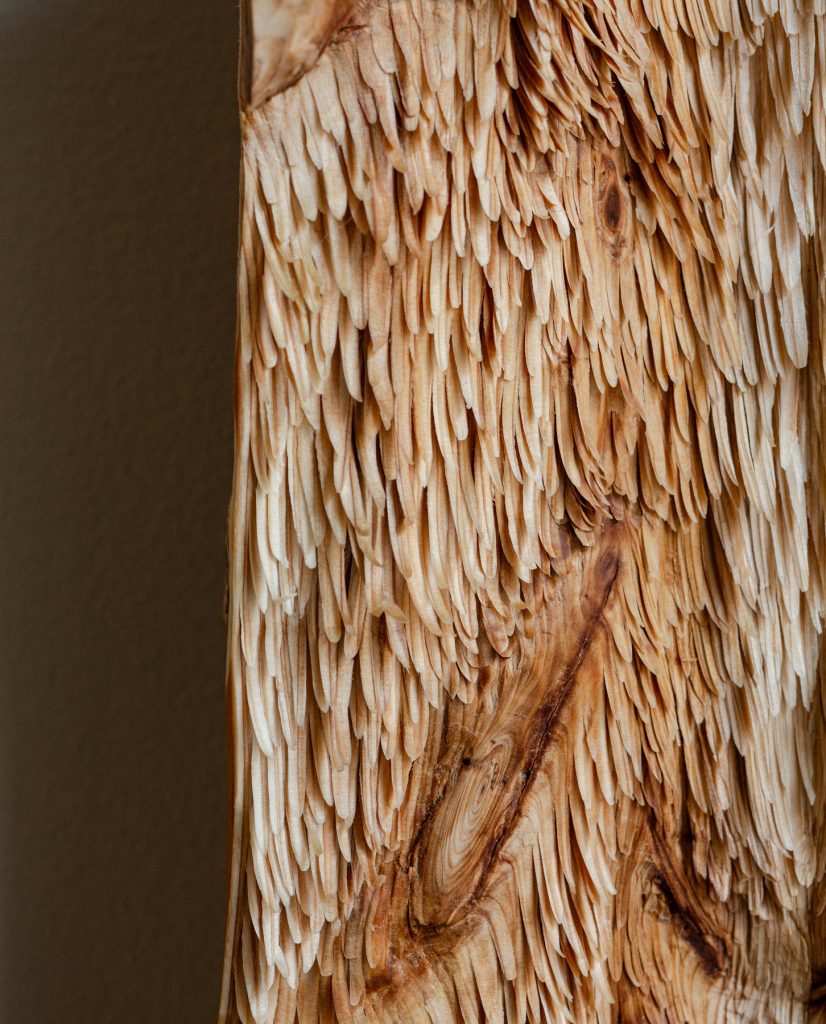

Feather Branches by Didi Ng Wing Yin
What sets Ng’s work apart is his philosophical approach. These aren’t just aesthetic tricks—they’re tactile stories about perception, craftsmanship, and the emotional resonance of softness. The wood never stops being wood, but our brains are tempted to treat it as something more delicate, more familiar. In an era of synthetic everything, Ng’s organic illusions remind us of the sensuous range nature already offers—if only we’re willing to listen.
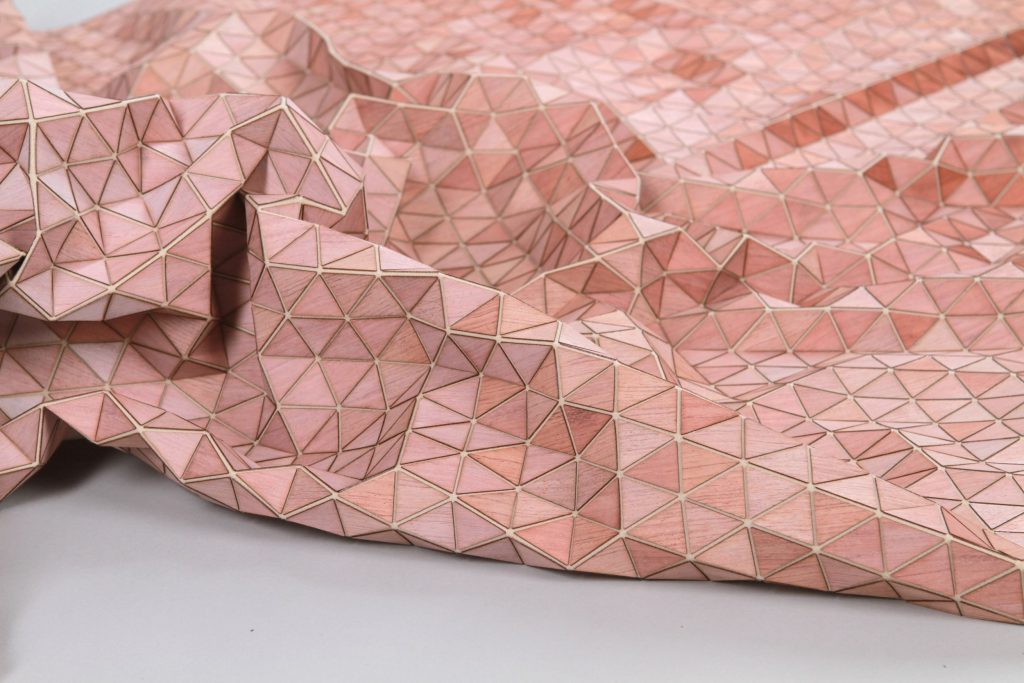
Wooden Textile by Elisa Strozyk
Elisa Strozyk, a Berlin-based designer, has long been known for her category-defying approach to materials. Her ongoing project, Wooden Textile, is a perfect example. It’s exactly what it sounds like—a textile made from wood—but it behaves nothing like you’d expect. By cutting veneer into small geometric tiles and affixing them to a flexible textile backing, Strozyk creates a hybrid material that bends, folds, and flows like cloth, while retaining the rich texture and warmth of wood.
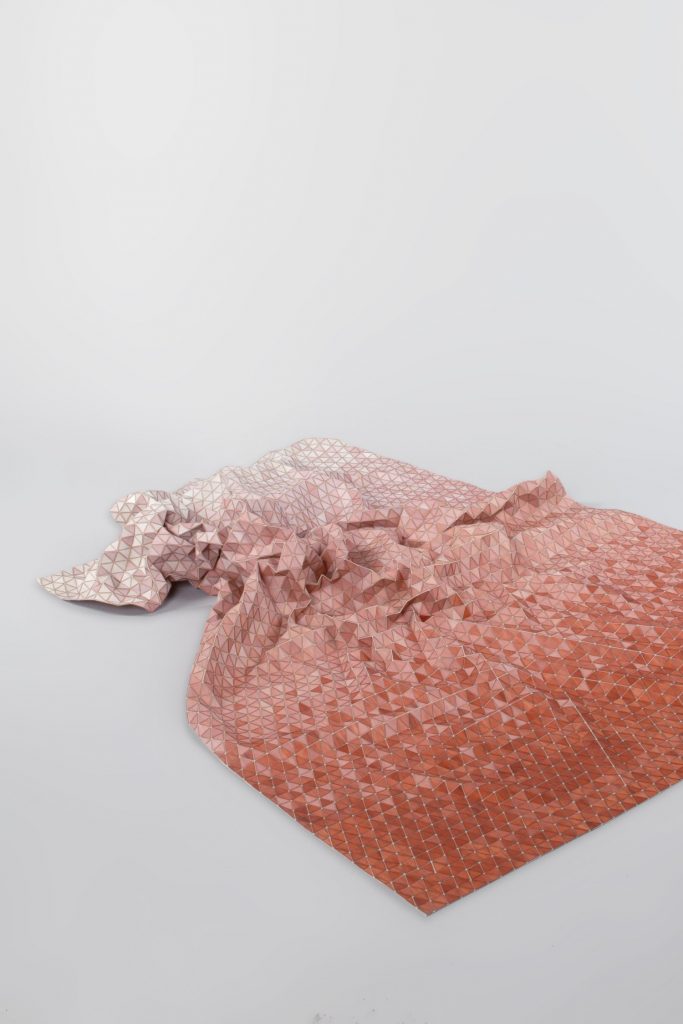
Wooden Textile by Elisa Strozyk
The result is more than just visual trickery—it conveys a new tactile experience. We’re accustomed to experiencing wood as something hard and stable: the sensation of walking across a wooden floor, touching a polished tabletop, or feeling the roughness of bark. But Strozyk turns that expectation on its head. For perhaps the first time, wood becomes something that can be manipulated by touch.
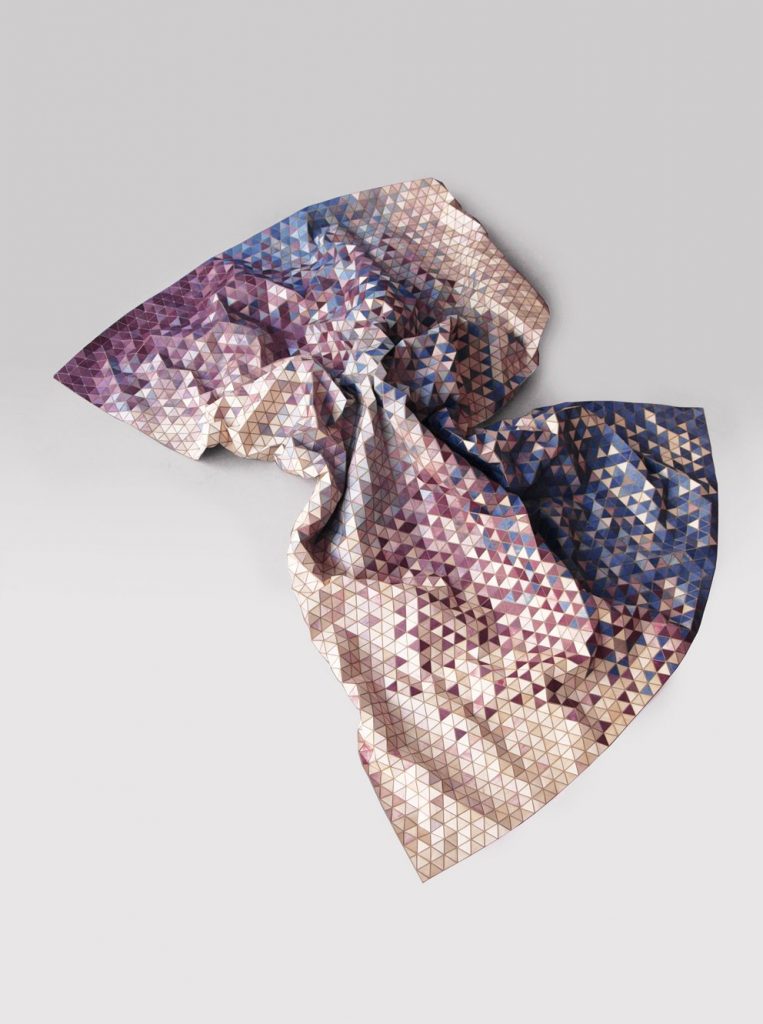
OLYMPUS DIGITAL CAMERA
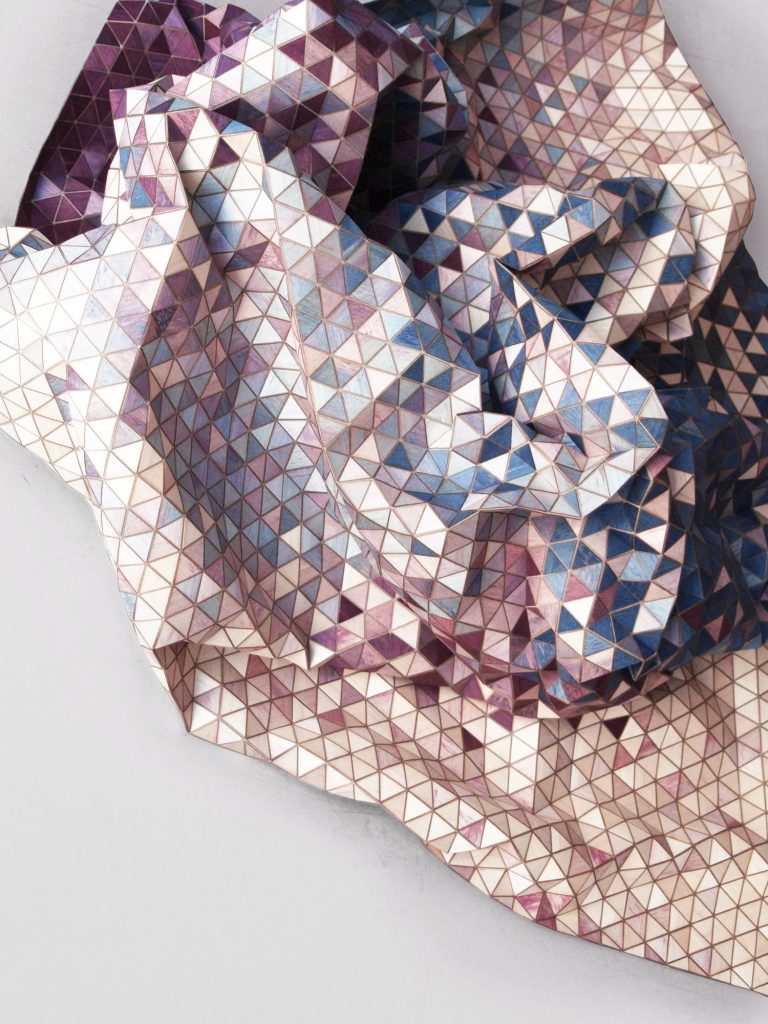
Wooden Textile by Elisa Strozyk
This transformative quality gives Wooden Textile an unusually wide range of applications. The material can be used as a sculptural throw, draped over beds or sofas like a plaid, bringing motion and softness into a space through a medium that typically offers neither. Strozyk’s recent work includes varied designs and dyed color palettes, offering not just functional innovation, but aesthetic diversity as well. Whether used as wall hangings, upholstery, or spatial dividers, these wooden fabrics challenge both material logic and our sensory expectations.
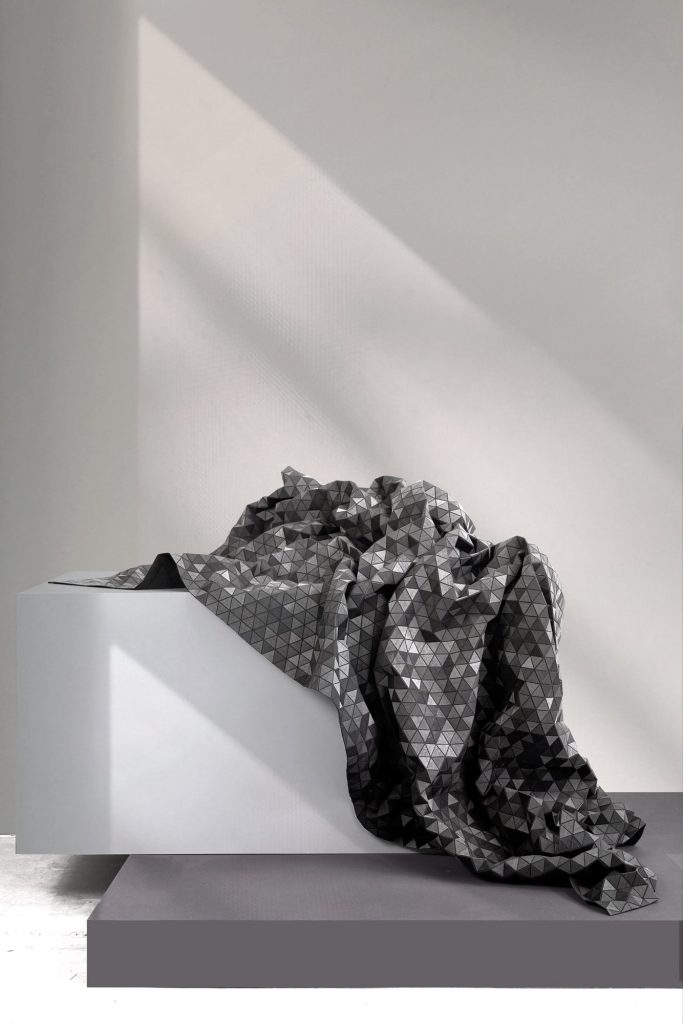
Wooden Textile by Elisa Strozyk
What makes Strozyk’s work truly groundbreaking is its refusal to sit neatly within a single category. Her creations aren’t quite furniture, nor purely textile. They occupy a space between disciplines, inviting us to touch, move, and interact. The elegance of her deception lies in the contrast: hard tiles moving with the grace of silk. It’s an innovation in both form and function, and a celebration of hybrid thinking in design.
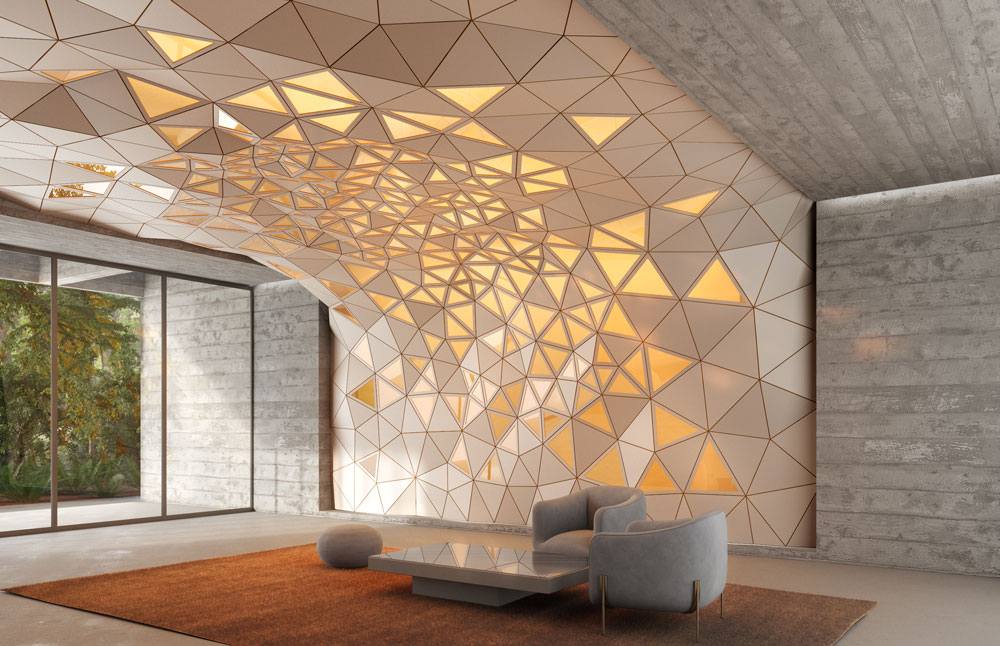
Wood-Skin (also header image)
If Didi Ng Wing Yin and Elisa Strozyk rely on handcraft and tactility, the Milan-based company Wood-Skin takes a more industrial route to softness. Their eponymous material is a flexible wood-composite system that behaves like fabric, thanks to CNC-milled micro-triangulations. The panels—made from plywood, fabric, and resin—can be folded, bent, or rolled, allowing for fluid architectural forms that seem to defy gravity.

Wood-Skin
Launched before 2020 but expanded in use and visibility over the past few years, Wood-Skin has found its way into interior walls, acoustic panels, and even modular furniture systems. The surface appears rigid, but the underlying structure acts like a hinge, letting designers bend the rules of traditional material constraints—literally. It’s a designer’s dream: a material that offers both the stability of wood and the pliability of cloth.
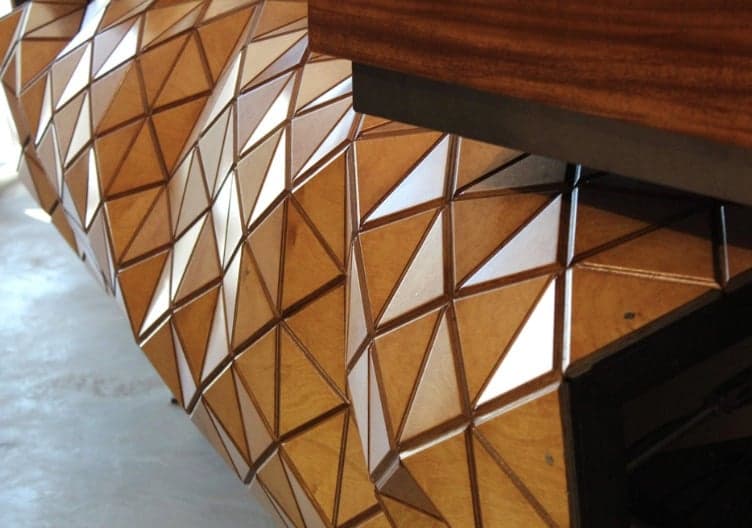
Wood-Skin
This marriage of digital precision and material intelligence is what makes Wood-Skin so compelling. By slicing up the surface just enough to allow flexibility without sacrificing structure, Wood-Skin makes dynamic, organic shapes possible in spaces that once demanded hard edges. It’s a redefinition of what architectural surfaces can do—and how they can feel.

Wood-Skin
What unites these three innovators is a shared interest in pushing past the expected. Whether through hand-carving, hybrid fabrication, or CNC wizardry, they all invite us to re-evaluate our assumptions about texture, behavior, and the boundaries between disciplines.